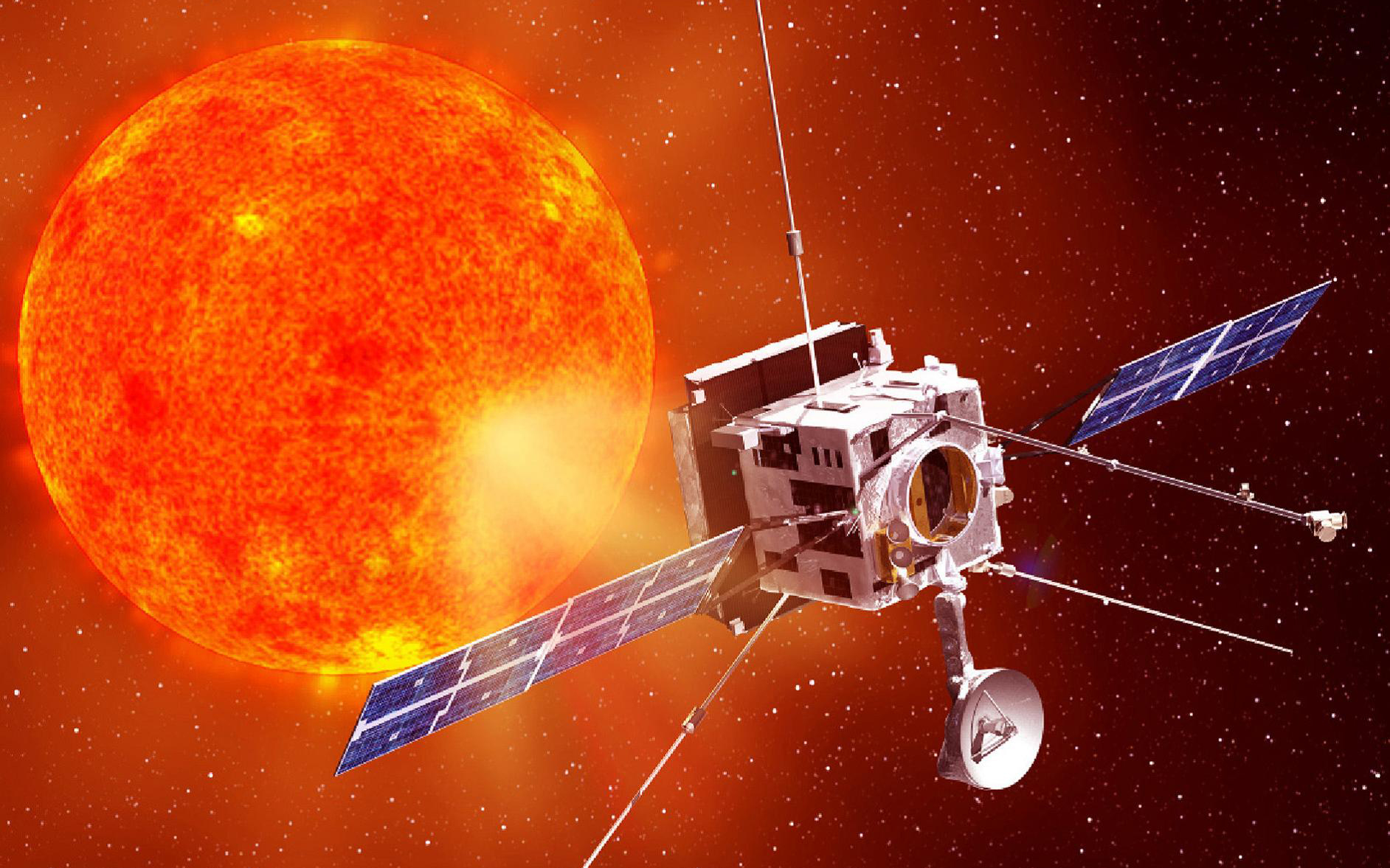STIX for Solar Orbiter
The Spectrometer / Telescope for Imaging X-rays (STIX) is an X-ray telescope that makes images and spectra of solar explosions called flares. It is one of the 10 instruments on board the ESA spacecraft Solar Orbiter.
Objectives
Design, construction, operation, and data analysis of the imaging spectrometer.
Context
Solar Orbiter is designed to study the sun close up. The images and spectra STIX will make are at the very center of the flares, in the solar atmosphere. These explosions accelerate particles, on the one hand towards the surface oft he sun, and on the other hand towards interplanetary space. Flares therefore trigger coronal mass ejections, releasing huge amounts of energy and loaded particles into space. They are a risk for technological infrastructures in space and on Earth.
Project summary
STIX has been developed at FHNW and delivered to the European Space Agency ESA in 2018 for integration into the spacecraft. The X-ray telescope consists of 64 grids mounted pairwise in front of 32 X-ray detectors which are located on the electronics box and make up the spectrometer. X-ray radiation passes through the windows in the heat shield. It is subsequently filtered by the imager unit and finally detected by the detector box – in order to obtain images of the hottest regions of solar eruptions with temperatures of up to 40 million degrees Celsius.
The mission was launched in 2020 and the Heliophysics Group at the Institute of Data Science is using the data to investigate the complex dynamics associated with solar activity.
Information
Client | |
Execution | FHNW Institute for Data Science; FHNW Institute of Product- and Productionengineering |
Partner | Swiss partners: Almatech, Paul Scherrer Institut, Art of Technology, Kögl Space GmbH |
Duration | Ongoing since 2010 |
Sponsorship | ESA PRODEX, Swiss Space Office, Swiss National Science Foundation |
Team | Dr. Samuel Krucker (Principal Investigator), Prof. Dr. Hans-Peter Gröbelbauer, Dr. Gordon Hurford, László István Etesi, Dr. Oliver Grimm, Simon Felix, Dr. Lucia Kleint, Prof. Dr. Arnold Benz, Prof. Dr. André Csillaghy, Dr. Marina Battaglia, Dr. Mathej Kuhar, Hanna Sathiapal, Filip Schramka, Dr. Hualin Xiao |
More Information |


